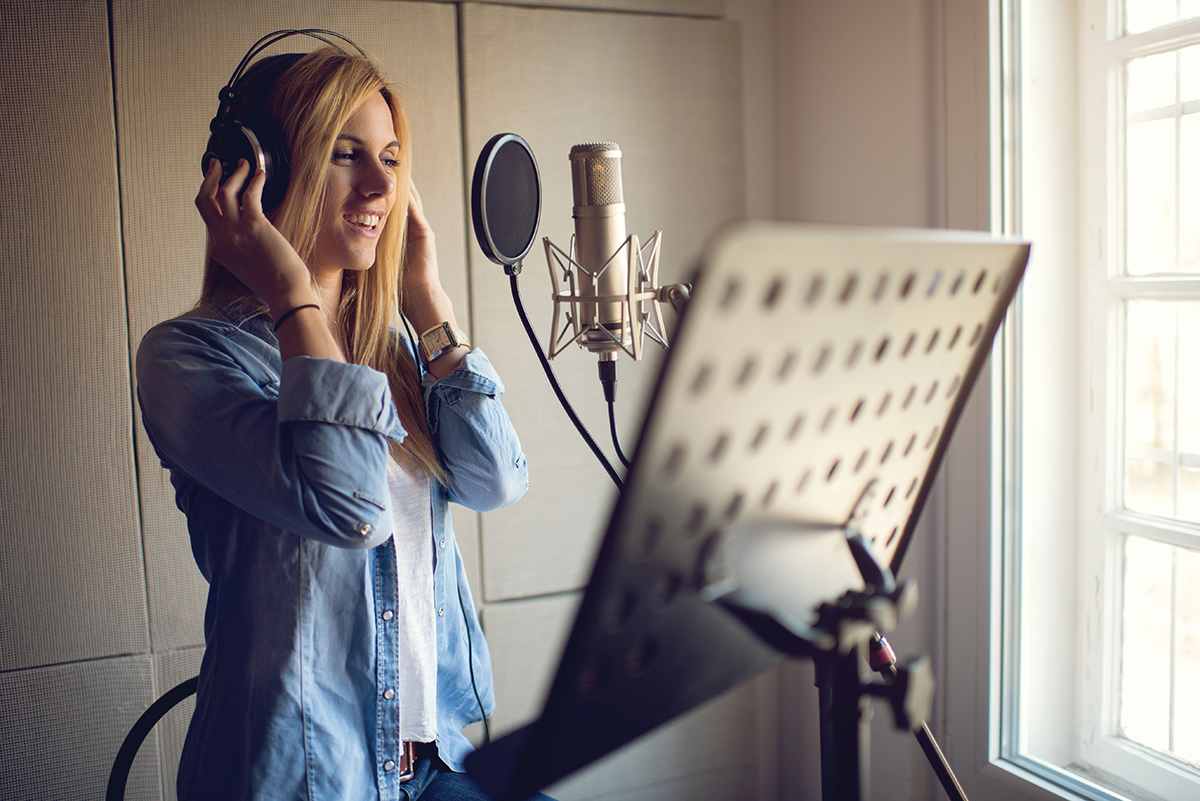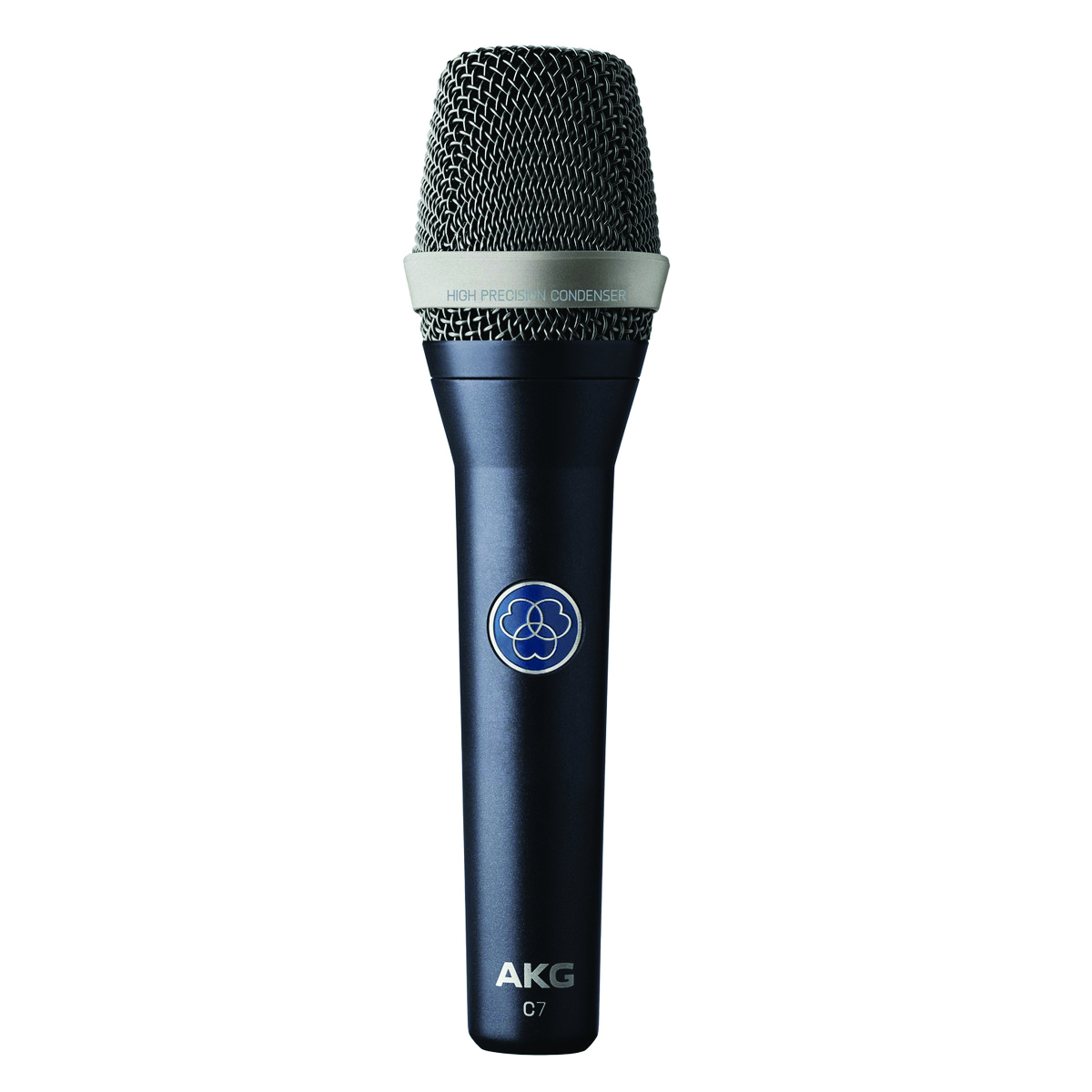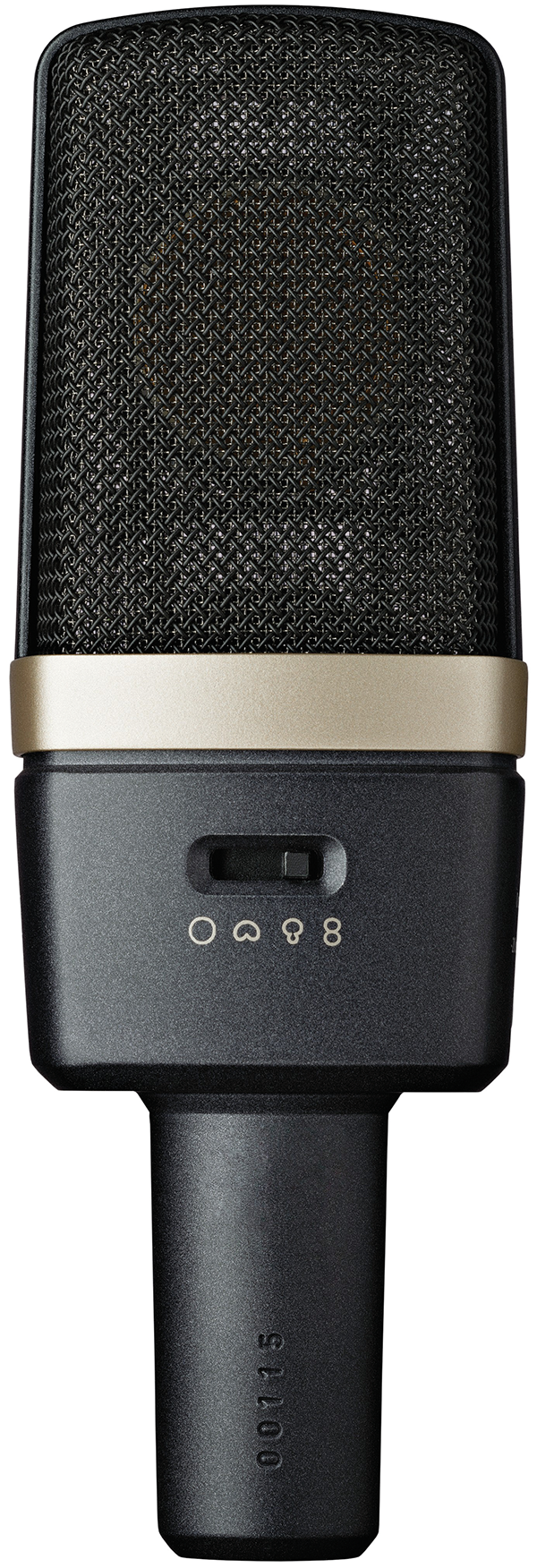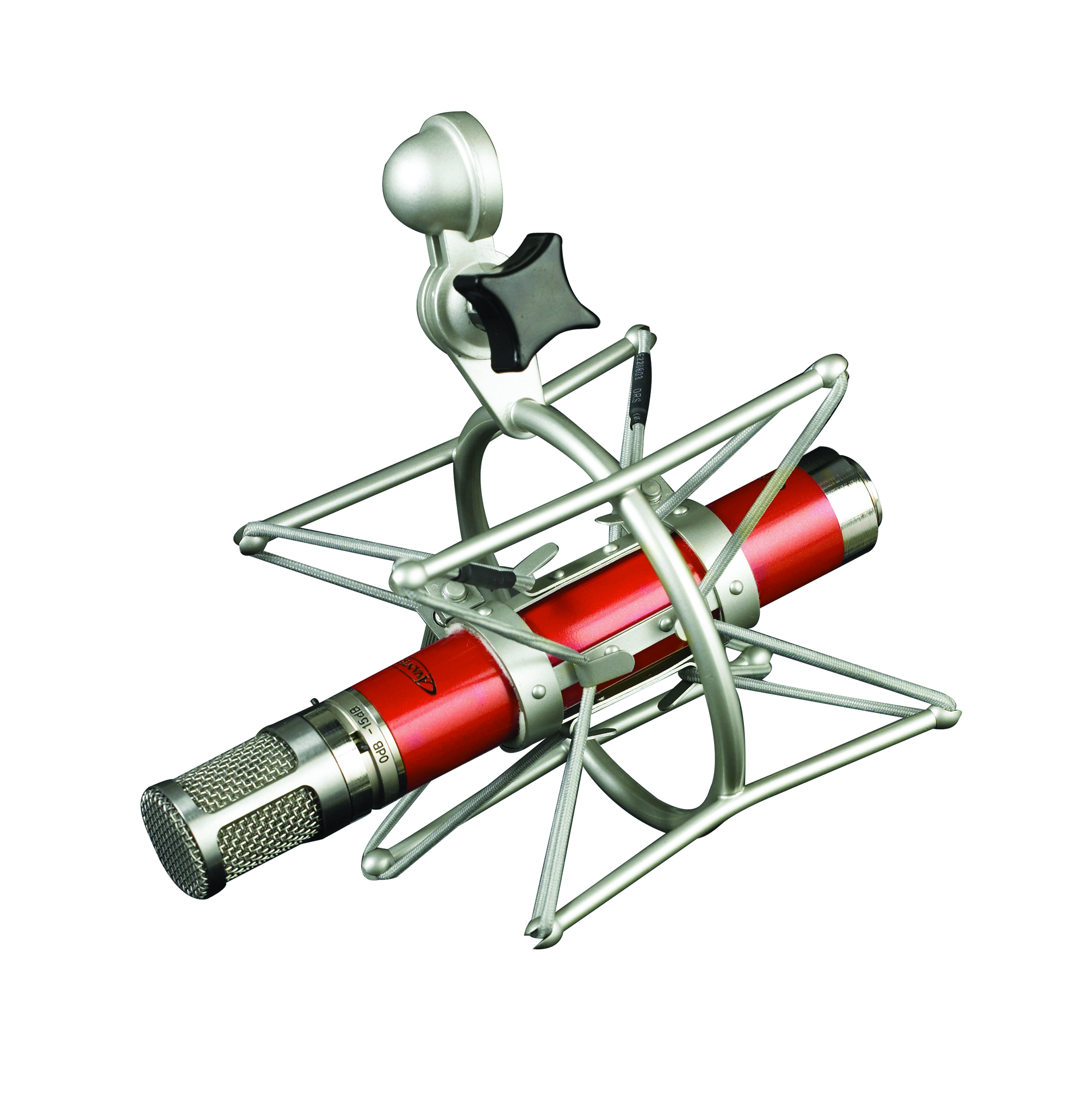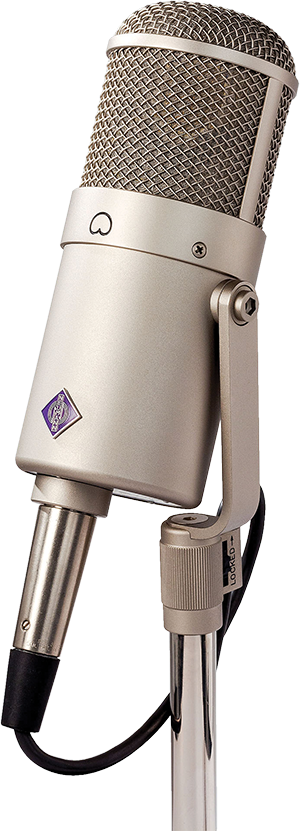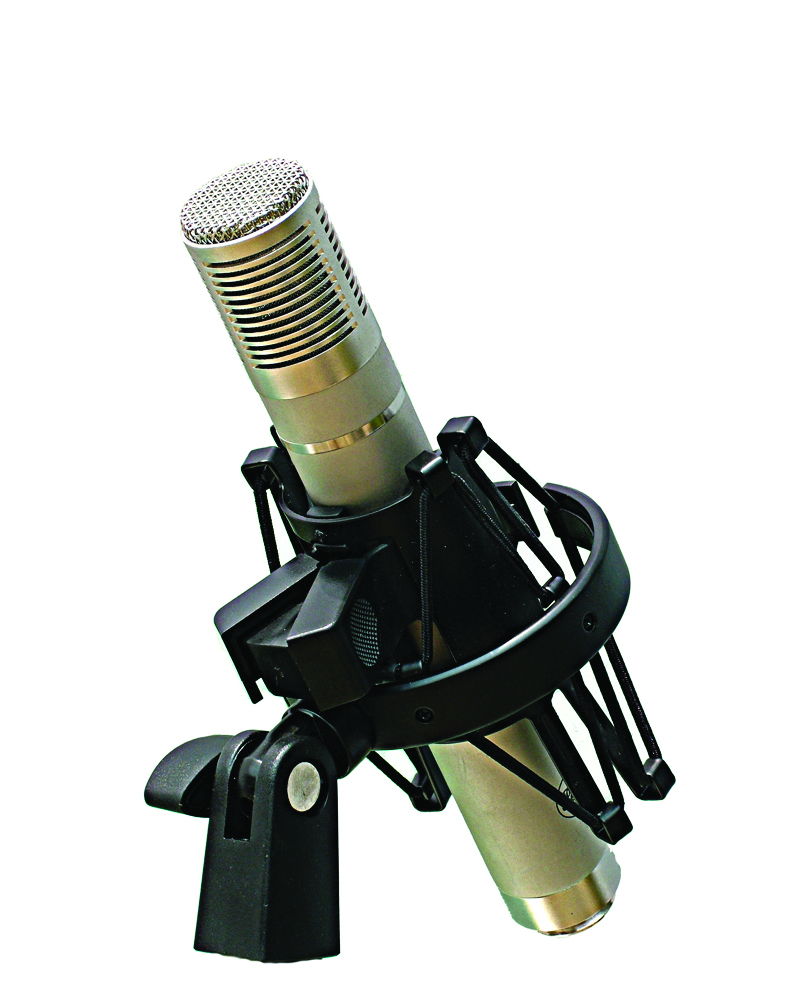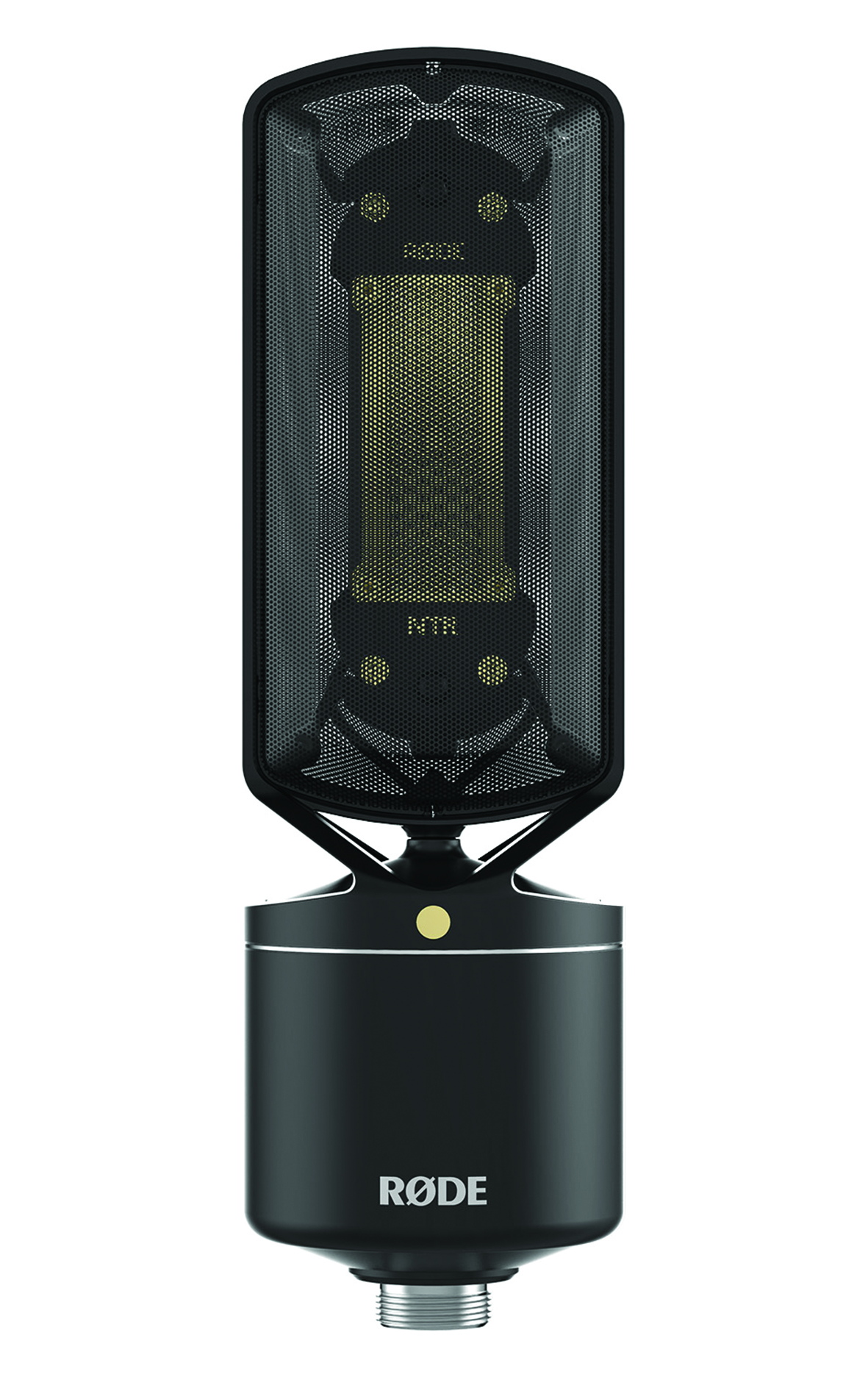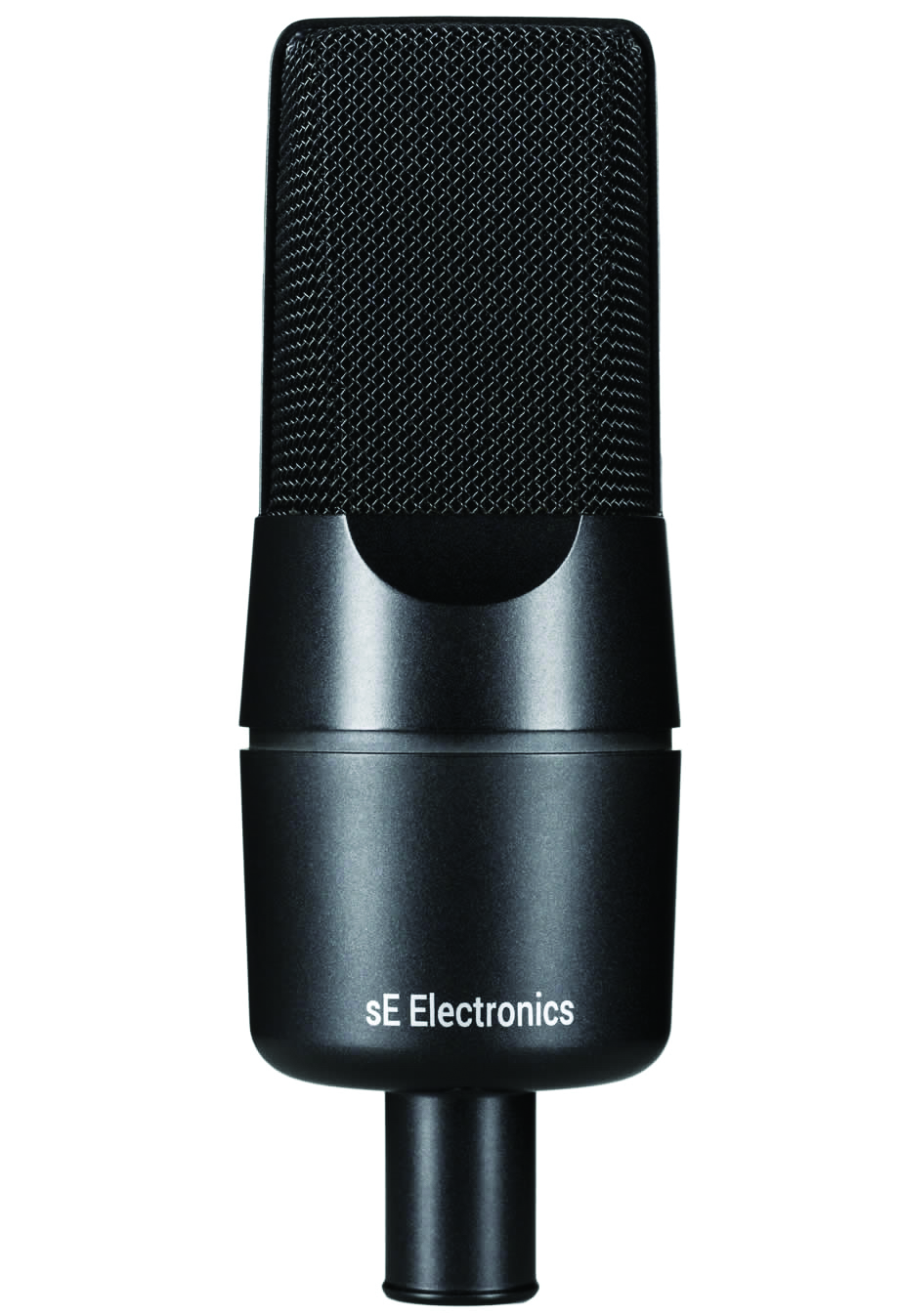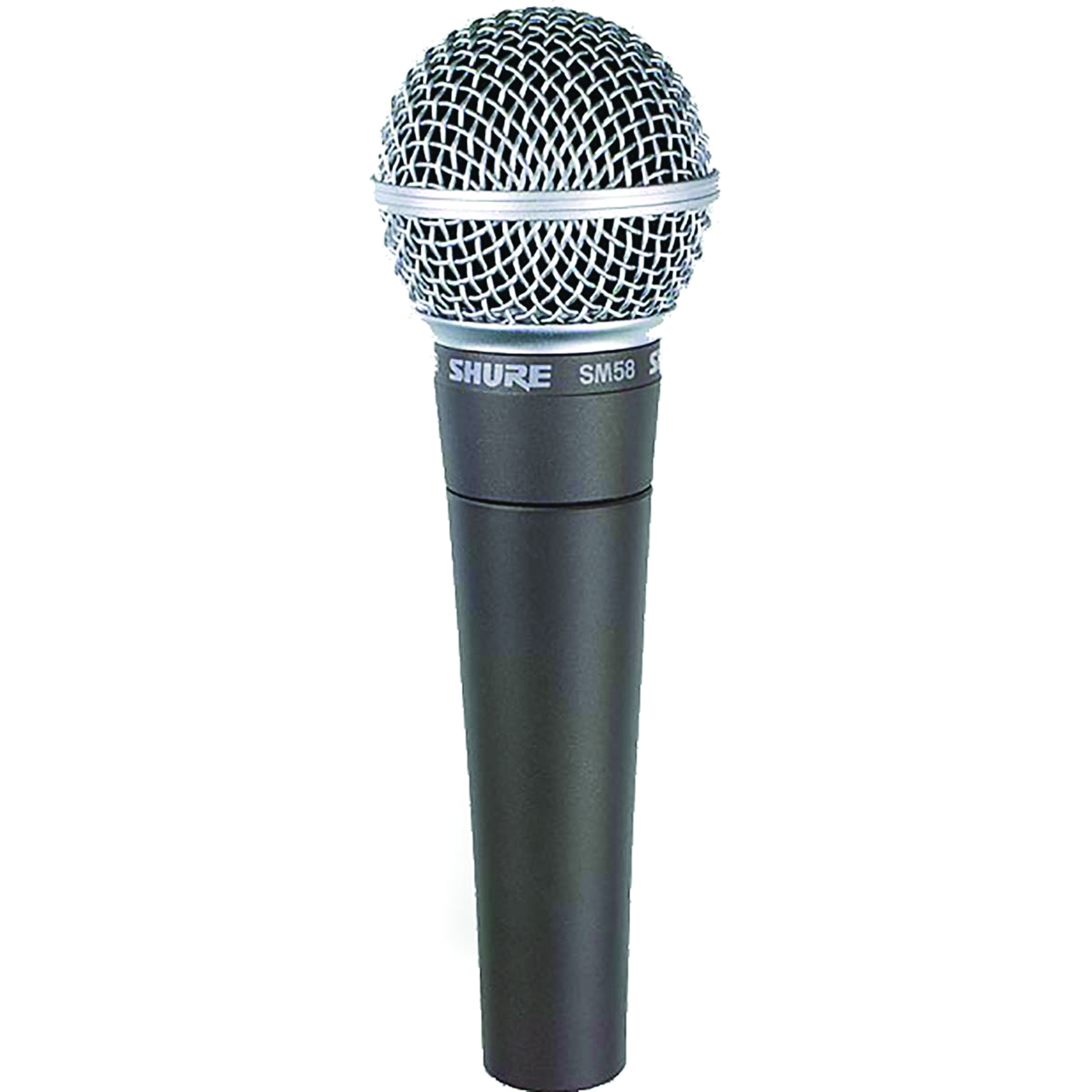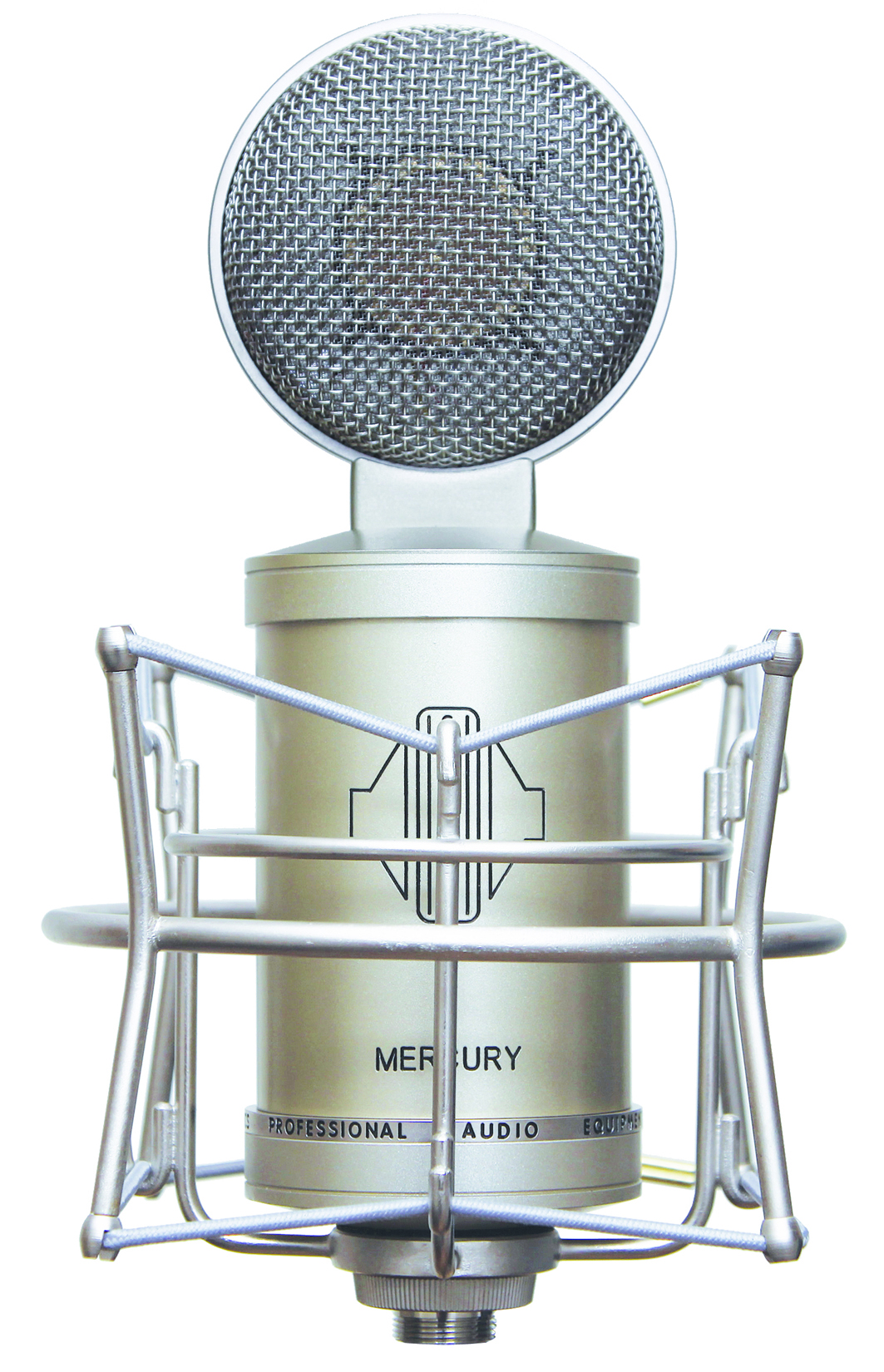The Ultimate Guide To Recording Everything – Vocals
Underestimating the importance of vocals in your track can undo all the stellar work before it. In this final part, we aim to help you avoid such a scenario… It’s the ultimate instrument and there are an infinite number of different ones (well, a few billion, to be a little more precise). Yes, it’s the […]
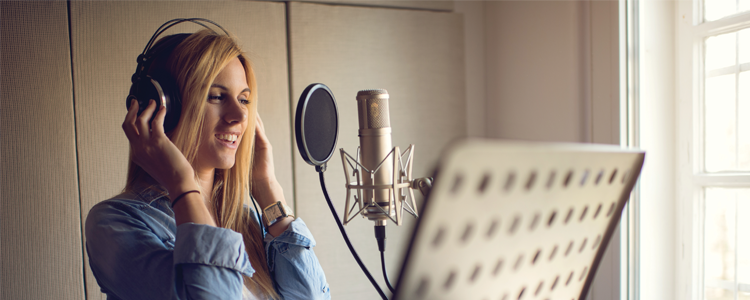
Underestimating the importance of vocals in your track can undo all the stellar work before it. In this final part, we aim to help you avoid such a scenario…
It’s the ultimate instrument and there are an infinite number of different ones (well, a few billion, to be a little more precise). Yes, it’s the human voice – and with such a variation in tone and timbre, you’d think there were just as many recording combinations as there are with acoustic guitar… but you’d be incorrect in that assumption.
The simple fact is that if you put a decent condenser mic in front of a face, around eight inches away and up at nose level or above, you’ll get a fairly decent recording.
Another thing that people in the know generally agree on is the polar pattern: cardioid is the one of choice, one that focuses in front of the microphone, so is obviously great for vocalists.
Omni-patterned mics might be a better choice if you’re looking at more than one singer, backing vocalists or a choir, as they will pick up more of what is around them, rather than just what is in front.
And while we say go for a condenser, we’ll also throw in the ubiquitous Shure SM58 dynamic as an option, because so many people use it live and are used to its sound, that they consider it a great recording option, too.
Vocal recording methods
Microphone type: Large-diaphragm condensers (or an SM58!)
Two important initial factors when recording vocals are your microphone stand and a shockmount. The former needs to be solid to keep the weighty microphone stable, and a shockmount is a near essential, to keep rumble to a minimum. As we’ve mentioned, placing a microphone a few inches away and slightly above the mouth, with its axis pointing between the nose and mouth, should give you a decent recording with less plosives and popping.
If you want to record at mouth level, then consider a pop shield – they’re studio essentials. As well as stopping nasty plosives appearing on a recording, they also keep the vocalist at a distance, thereby keeping them in check for a more stable recording. This also helps with the proximity effect, something that comes into play when a vocalist gets too close a microphone and ends up boosting the low-end frequencies.
Another good way of ensuring a vocalist keeps their correct distance is to get them to imagine a hand’s width between them and the microphone. Sibilance is also something else to keep at a distance.
Whereas plosives are exploding ‘P’s, sibilance is searing ‘S’s: a high-frequency effect that can be reduced by, believe it or not, putting a pencil around your mic vertically with an elastic band, which pushes the high-frequency bursts away around the microphone.
Also consider the environment. Some people like the snappy reverberation of a tiled bathroom for recording vocals; others swear by the natural ambience of a wooden stairway. Many, though, opt for dry recordings with as few reflections from the room as possible – closer mic’ing will capture more of the voice.
However, only something like a refection filter (from the likes of sE Electronics, Aston Microphones etc) will cut down a lot more, unless you have a seriously dead room anyway. Getting the best vocal take is a separate topic, but the actual practical side is as simple as what we’ve explained here. Get a good mic (and do consider experimenting with different models), a good vocalist, use the techniques above, and you’re there.
Vocal-mic recommendations
AKG C7
Price £209
Another wonderful-sounding mic from AKG, the C7 is open, natural and detailed.
AKG C314
Price £598
A smooth, yet upfront tone that helps to push vocals to the front of a mix.
Aston Origin
Price £249
On vocals, the Origin has a stunning, clear quality.
Avantone CV-28
Price £420
Its tone is very full, but also incredibly detailed and natural.
Neumann U 47 FET
Price £2,928
Present and upfront.
Peluso P-28
Price £720
Impressive for clear and breathy vocals.
RØde NTR
Price £899
Quite simply, great for vocal recording.
sE Electronics X1
Price £99
Exceptional qualities, at a low price.
Shure SM58
Price £92
Some people are so at home with this on stage, that it’s their preferred option in the studio.
Sontronics Mercury
Price £1,349
The top end is clear and delicate, with no strong sibilance coming through. The mids and lows are beautifully captured, with equal weight in the mix.
Other recommendations
Audio-Technica AT2020
Price £89
A very impressive and flexible mic for the price.
Neumann TLM 103
Price £919
A great Neumann sound and one of the company’s recommendations for capturing great vocals.
RØde NTK or NT1A
Price £489 and £145
Two very contrastingly priced models from RØDE, but both excellent for vocals.
Sennheiser MD 421
Price £340
One of the few dynamics here, but well suited to several vocal styles.
sE Electronics 2200a
Price £189
One of sE’s oldest but best models is great for vocals.
Conclusion
We have, of course, kept things simple in this round-up – as you could potentially talk about microphone techniques and the number of mic models capable of fulfilling your needs for several issues of MusicTech. We haven’t touched too much on room ambience, except to reiterate that it’s good to capture some of it with a distant microphone on occasion. And of course, the real story with capturing any instrument sound is not just the mic, but the instrument – and, indeed, the player.
Most producers and engineers we’ve spoken to when asked the question: “How do you get the perfect instrument sound?”, reply: “Get the perfect player and instrument!” But we hope that the actual ‘setting up and recording the results of what they play’ part has been somewhat demystified. Recording any instrument shouldn’t be a dark art, so remember, as you’re setting up your mic or mics, if it sounds good… It is good.
